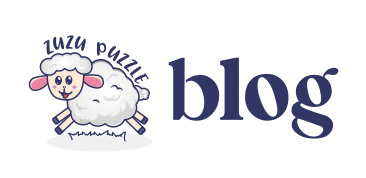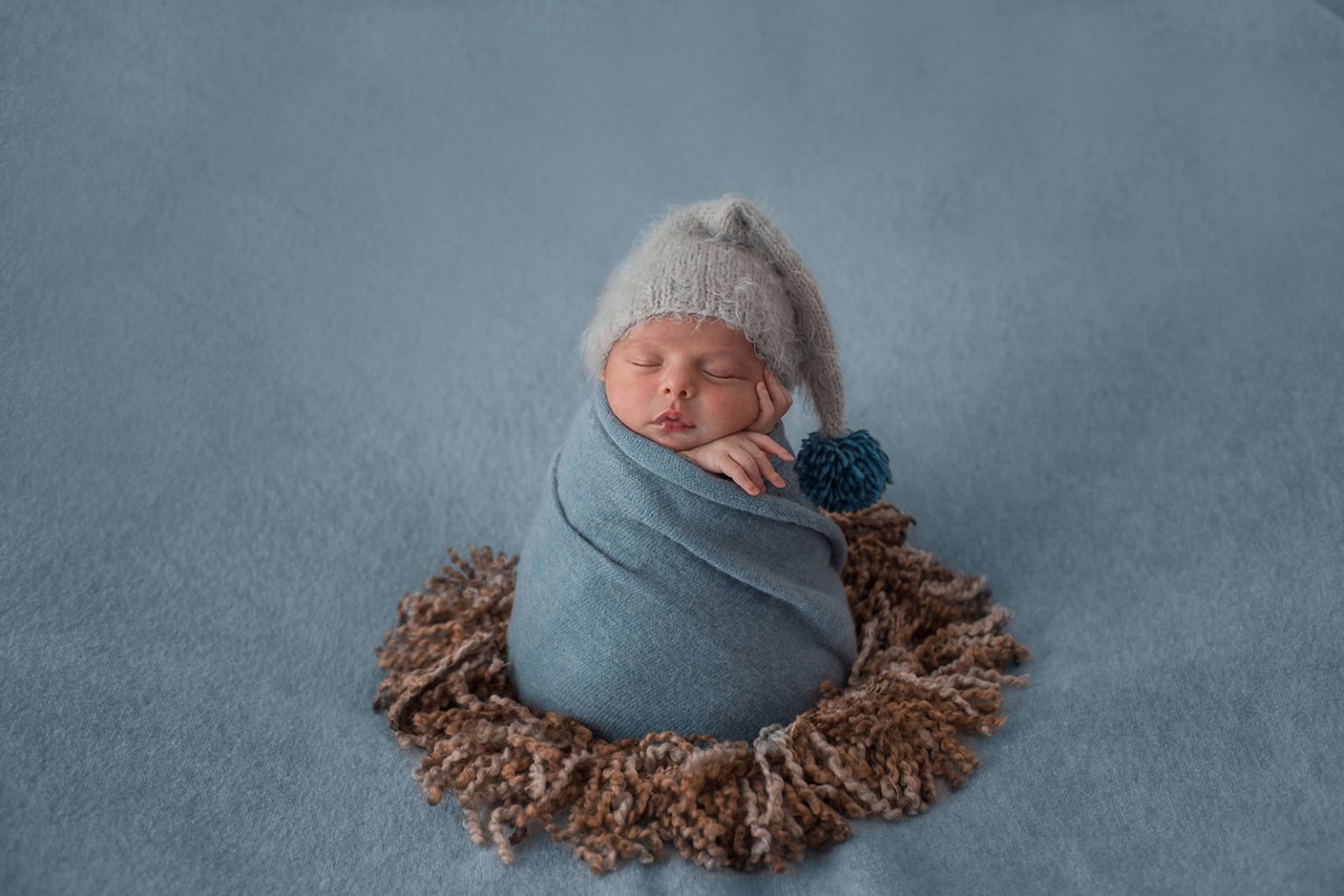The first year of a baby’s life is one of the fastest and most crucial development phases. Each change during this period, both physical and mental, shapes the future life of the baby. For parents and caregivers, understanding this development process is vital to responding best to their children’s needs. This article will cover how babies develop from birth to one year and how parents can assist in this process.
A baby’s first step is not just the start of walking, but the first step in a lifelong journey of discovery.
Zuzu Puzzle
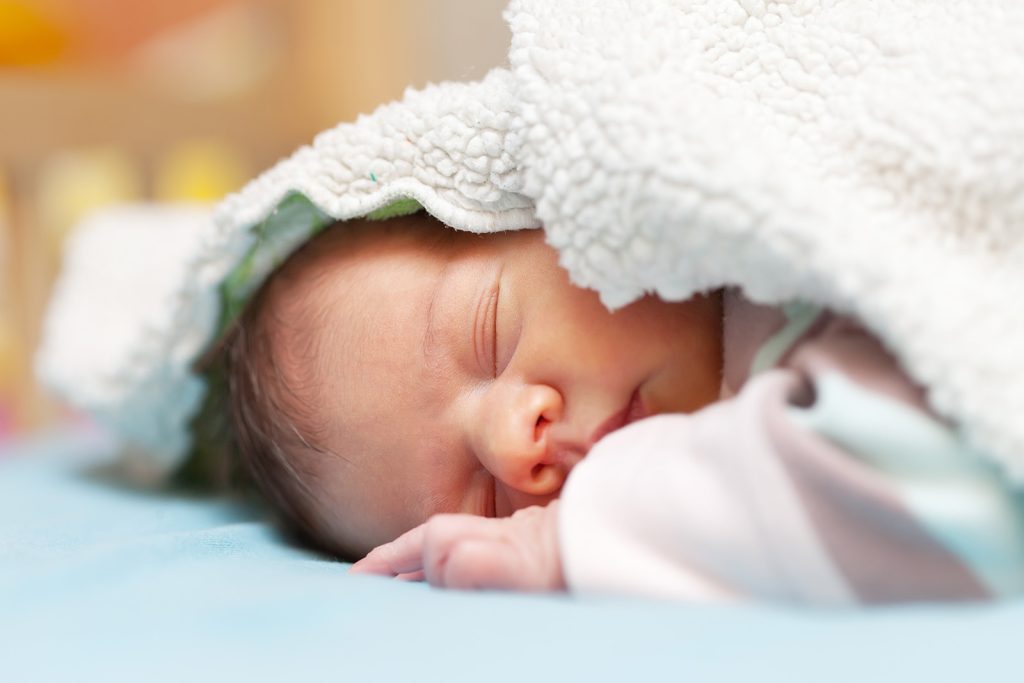
From Birth to 3 Months: Newborn Phase
Physical Development:
It is known that babies experience rapid weight and height gain in the weeks following birth. During this period, babies typically grow an average of 1.5-2.5 cm per month and gain 600-800 grams.
The most important motor development signs in this phase include the ability to lift the head and turn while lying on their back. This represents a significant step in the development of babies’ muscles.
Mental and Sensory Development:
Within the first three months, babies begin to develop their visual and auditory senses. During this period, babies start to react to light and sounds and gradually recognize faces at close distances.
The first social smiles usually appear between 6-8 weeks, indicating the beginning of social interaction.
Sleep Patterns and Nutrition:
Newborns typically sleep for 16-18 hours a day, but this sleep is usually broken into short periods. Sleep is crucial for the growth and brain development of babies.
Breastfeeding is the ideal form of nutrition and is recommended as the sole source of food for the first six months. Breast milk strengthens the immune system and supports the digestive system of babies.
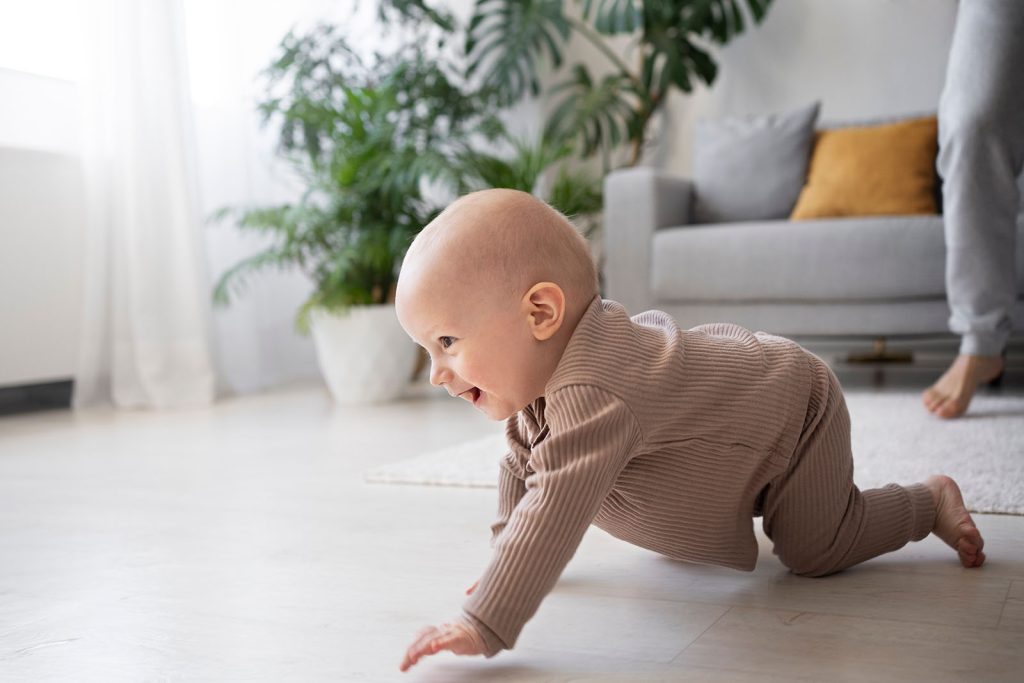
3-6 Months: Early Infancy
Physical and Motor Development:
During this period, babies’ basic motor skills like sitting and crawling rapidly develop. The body control and muscle strength of babies increase swiftly during this time. Babies learn to sit with support and start moving forward on their stomach using their arms. These development stages represent different aspects of motor development and lay the foundation for the physical health and future motor skills of babies.
Hand-eye coordination also shows significant improvement during this period. Babies start using their hands and fingers to grasp objects, facilitating their exploration of the environment. The development of fine motor skills is closely related to mental and cognitive development.
Social and Emotional Development:
Babies continue to develop their social skills and emotional responses in this period. Their interactions with parents and other family members increase, strengthening their social bonds. Social smiles, giggles, and other social responses are frequently observed during this period.
Emotionally, babies start to show a broader range of feelings during these months. Their ability to express emotions like joy, sadness, and anger develops. These emotional expressions are important for understanding babies’ emotional needs and their relationships with people around them.
Language and Communication Skills:
Communication skills rapidly develop during this period. Babies begin to make their first sounds and mimic simple syllables. These sounds and syllables are the first steps of language development and lay the foundation for future speech skills.
Babies also start using sounds and facial expressions to communicate. This is an important step in their development of social interaction skills. Babies’ tones of voice, facial expressions, and gestures serve as methods to express their emotional states and needs.
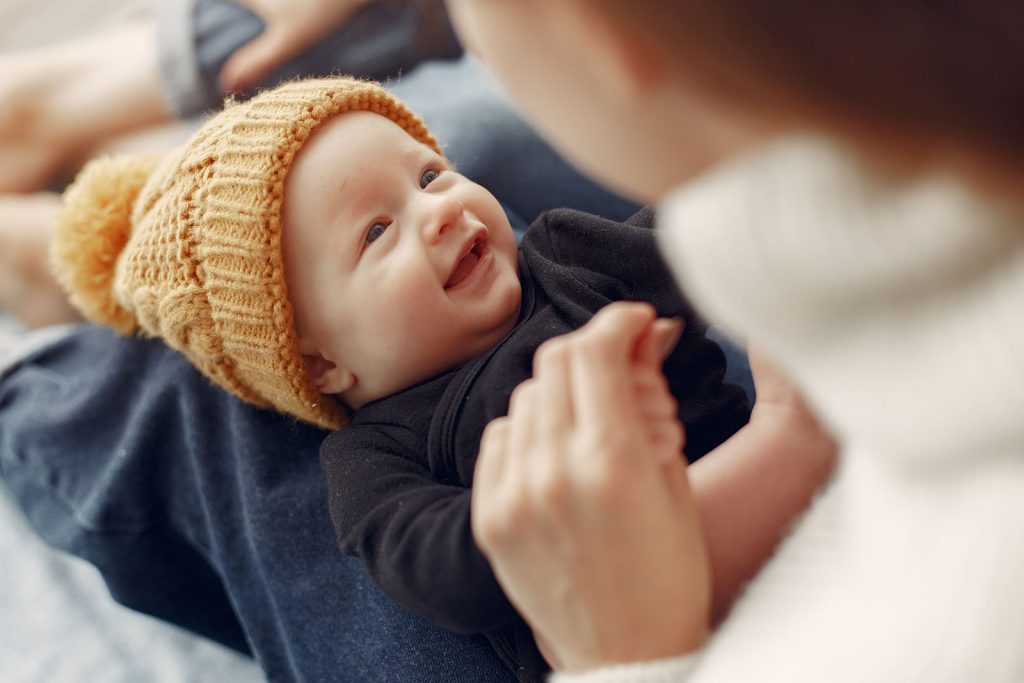
6-12 Months: Late Infancy
Gross and Fine Motor Skills:
During this period, most babies begin to take their first steps. Walking is a significant milestone in motor development and a sign of independence. The walking skill emerges from a combination of muscle strength, balance, and motor coordination.
Fine motor skills continue to develop further during this period. Babies can use their fingers to grasp small objects and examine them, enhancing their discovery skills.
Cognitive Development:
Babies begin to understand the concept of object permanence during this time. Object permanence is the recognition that objects continue to exist even when out of sight. This concept is an important step in understanding the world and is a part of cognitive development.
Problem-solving skills also develop during this period. Babies use objects and their environment to solve simple problems, indicating growth in mental development.
Social and Emotional Development:
Independence and self-confidence begin to grow during this period. Babies show more interest in feeding themselves, playing, and exploring. This independence is a part of their social and emotional development.
Emotional expressions become more varied during this period. Babies clearly express feelings like joy, anger, and curiosity. These emotional expressions reflect the emotional development and social interaction skills of babies.
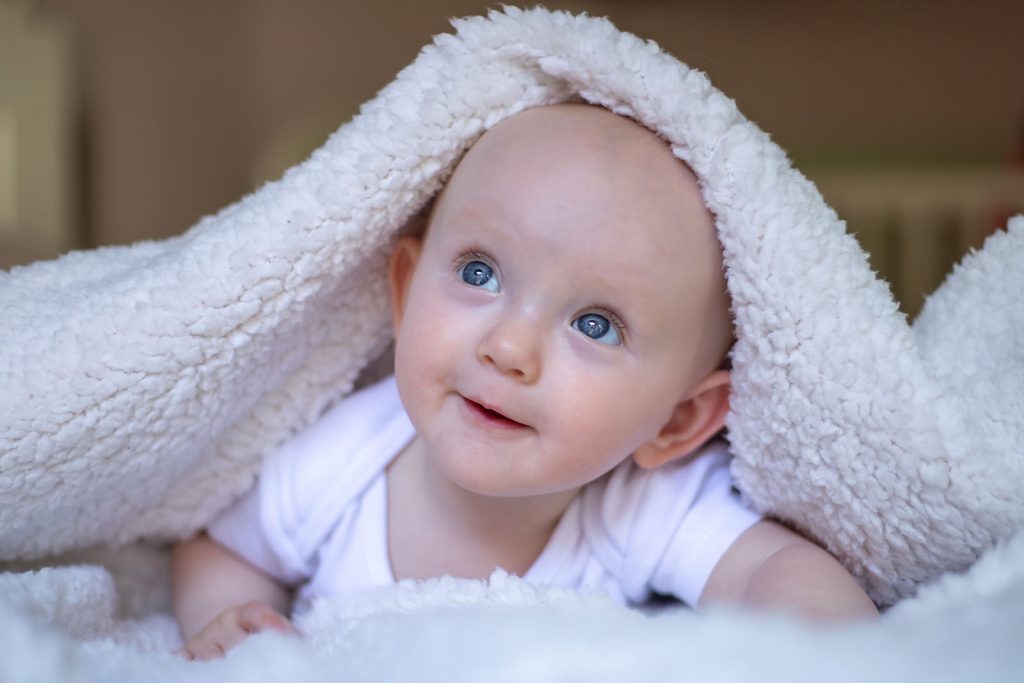
Conclusion
The first year is a critical period in a baby’s development. Parents and caregivers need to understand the needs of babies during this time to respond appropriately. This article aims to provide a comprehensive guide on baby development, assisting parents to be more conscious and effective during this process.
